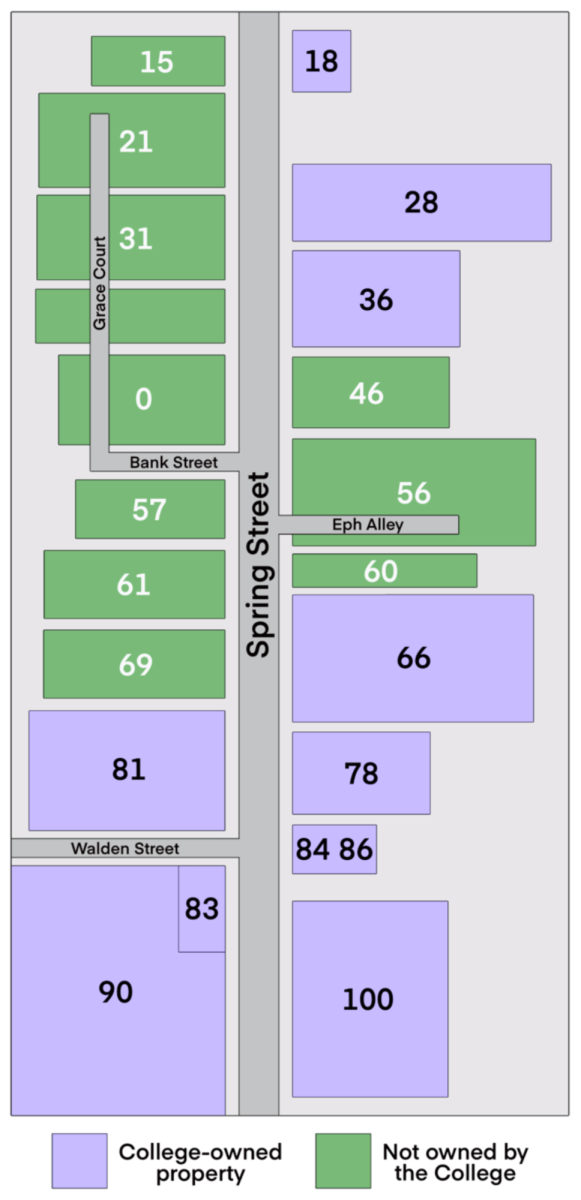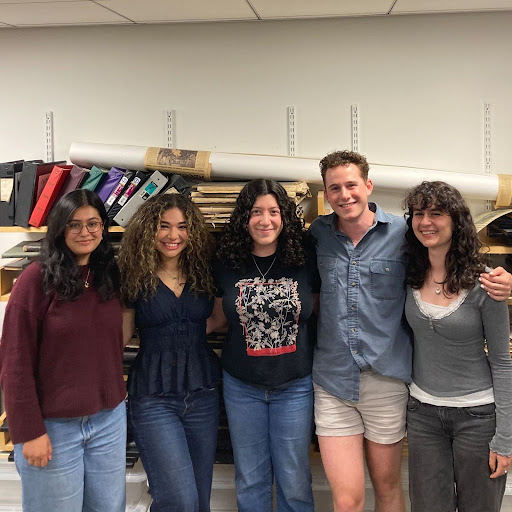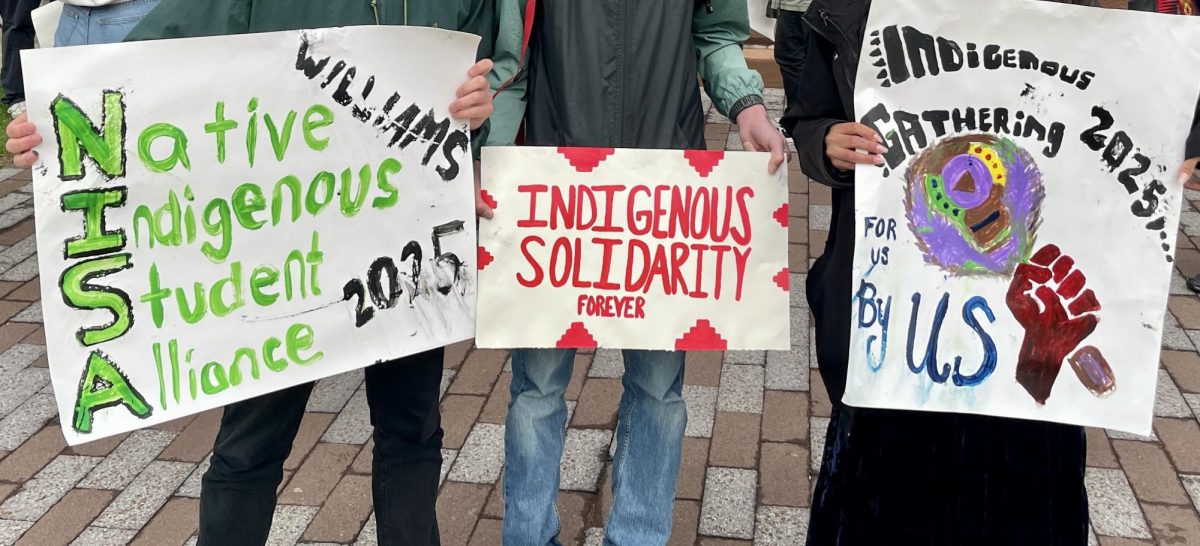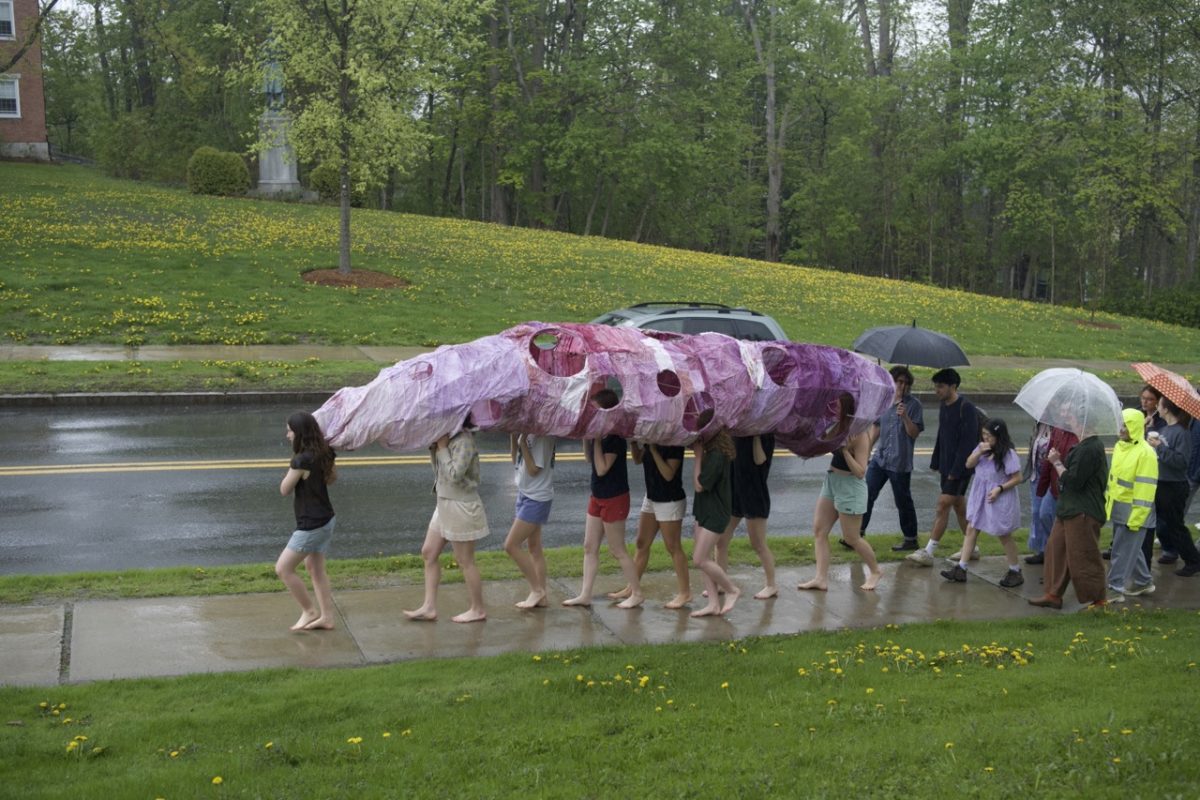The Berkshire Family and Individual Resources (BFAIR) agency wears many hats, but at its core, BFAIR provides resources and creates spaces for neurodiverse individuals to be empowered. The larger aspects of this mission involve community engagement and social integration, aspects that students from the College have helped out with over the years.
Paula Consolini, director of the Center for Learning in Action (CLiA), spoke about the itch that students have to venture past a college experience confined between Southworth Street and Park Street. Eph Buddies was one such student-led effort geared at connecting with individuals with disabilities in the larger Berkshire community. CLiA helped facilitate the logistics that could get the project off the ground, from providing transportation to handling conversations between point-people through which students could get involved with BFAIR. “When active, the group helped community members with disabilities feel socially connected through activities such as bowling, campus barbecues, arts and crafts events and bingo nights,” Consolini said.
In the words of Jennifer Civello, director of marketing at BFAIR, the organization “runs the full gamut.” Some of its operations include supported employment and day habilitation programs that coordinate different activities. BFAIR also provides clinical services, and residential housing development is an ongoing process.
“We work with people of all ability levels, regardless of what their diagnosis be – folks with cognitive disabilities, acquired brain injuries, autism; we also work with elders in the home,” Civello said. “We work with different populations, but the services can be quite similar.”
In particular, BFAIR would like to develop community integration. And this, for both Consolini and Civello, is where students can really make an impact. In describing BFAIR’s individualized service plans, Civello emphasized that their clients’ personal preferences and interests are grounds for engagement. A client who loves basketball, for instance, found an opportunity to work alongside the women’s basketball team at the Massachusetts College for Liberal Arts. Civello outlined the range of interests and potential entry points into the community for BFAIR clients.
“We look at every person in our residential program to see where they [can] find their niche in the community,” she said. “Because not everybody likes the same thing. There’s a group who walks along the trails in North Adams. Some people like working with animals, so we could hook them up with an animal shelter. Some people are interested in their faith and get involved in a local church or synagogue.”
BFAIR strives to deepen the interpersonal connections between its clients and community members – both local residents and students from the College – at large. Barriers to student engagement can include a sense of burden in terms of investment of resources – be that time or energy – or logistical difficulties. Fortunately, Consolini views CLiA as a way to overcome those barriers by removing any obstacles that prevent students from tapping into their energy to “do some good.” She noted the depth and breadth of potential student engagement. “It’s just the challenge at having people realize that these are opportunities available for them.”
“If students need transportation, we can get you there. If you want to take them bowling, we pay for that. If you want to buy supplies, we can provide the arts and crafts… and I have a lot of origami books,” Consolini said, laughing.
She also noted that a student hosting a BFAIR client at an arts performance or a sporting event could go a long way towards improving social integration of BFAIR clients. Students do not have to deviate from their normal routine to engage in acts of service; now, they can partake in direct client work. “If [people are] hankering to do something … then that’s what we’re here for,” Consolini said. “We’re here for you to share what you love [with] others in the community.”
And the opportunities for such engagement abound. There are multiple ways in which students can get involved, from hosting meals to shadowing clinicians. These opportunities can also lead to longer-term experiences. “We are always looking for staff people,” Civello said. “Those are great opportunities for college students because it gives [them] the chance to get to know the workings of a non-profit like this and also for you to do some direct client work.”
Consolini acknowledged the hurdle in maintaining student momentum when there is a lack of structural organization. Eph Buddies, like many student-based groups, has seen seasons of ebb and flow. It can be difficult, she said, “when people don’t know where to look.” But both she and Civello believe that social interactions between BFAIR and students is vital for different experiences to be seen and heard. It is in this living and growing community that, Consolini notes, social stigmas can be addressed.
“These are folks that are often forgotten. They’re invisible, probably the most invisible, and that makes their lives that much more difficult … there isn’t the kind of community center for them to show up,” Consolini said.
What keeps Civello coming back to BFAIR are the real-life experiential impacts she witnesses. “People always say to me, ‘You’re the marketing director for a non-profit? What is there to market?’” she said. “And I say, ‘There are such great stories to tell.’ The fact that we have some dedicated staff [and] community members who really believe in the work that BFAIR does makes my job even easier.”








